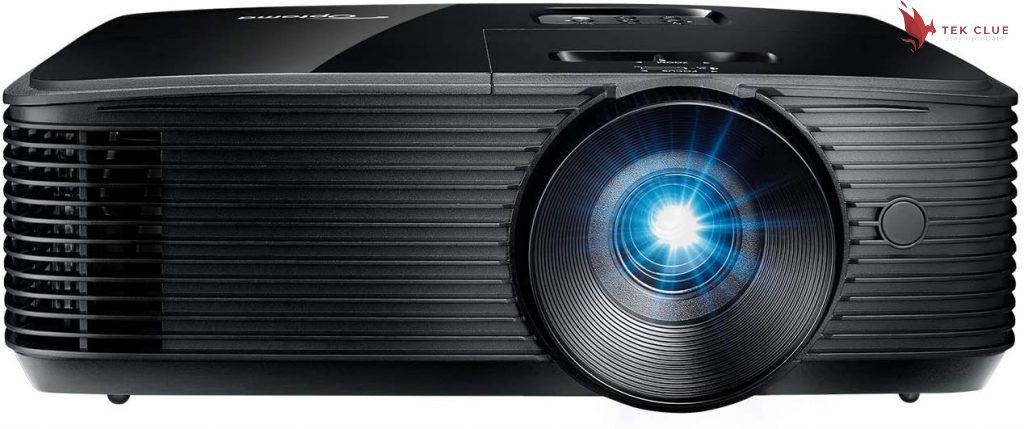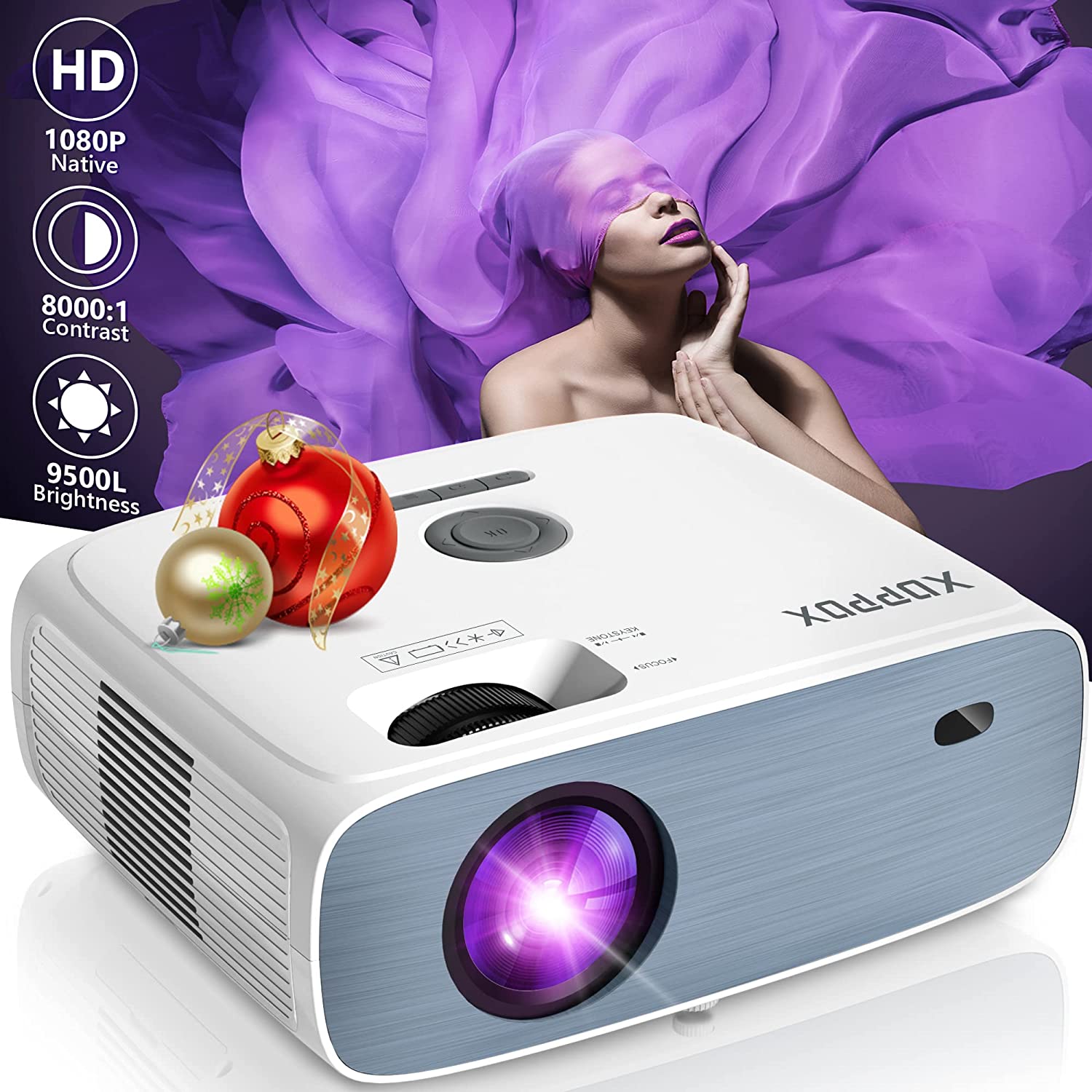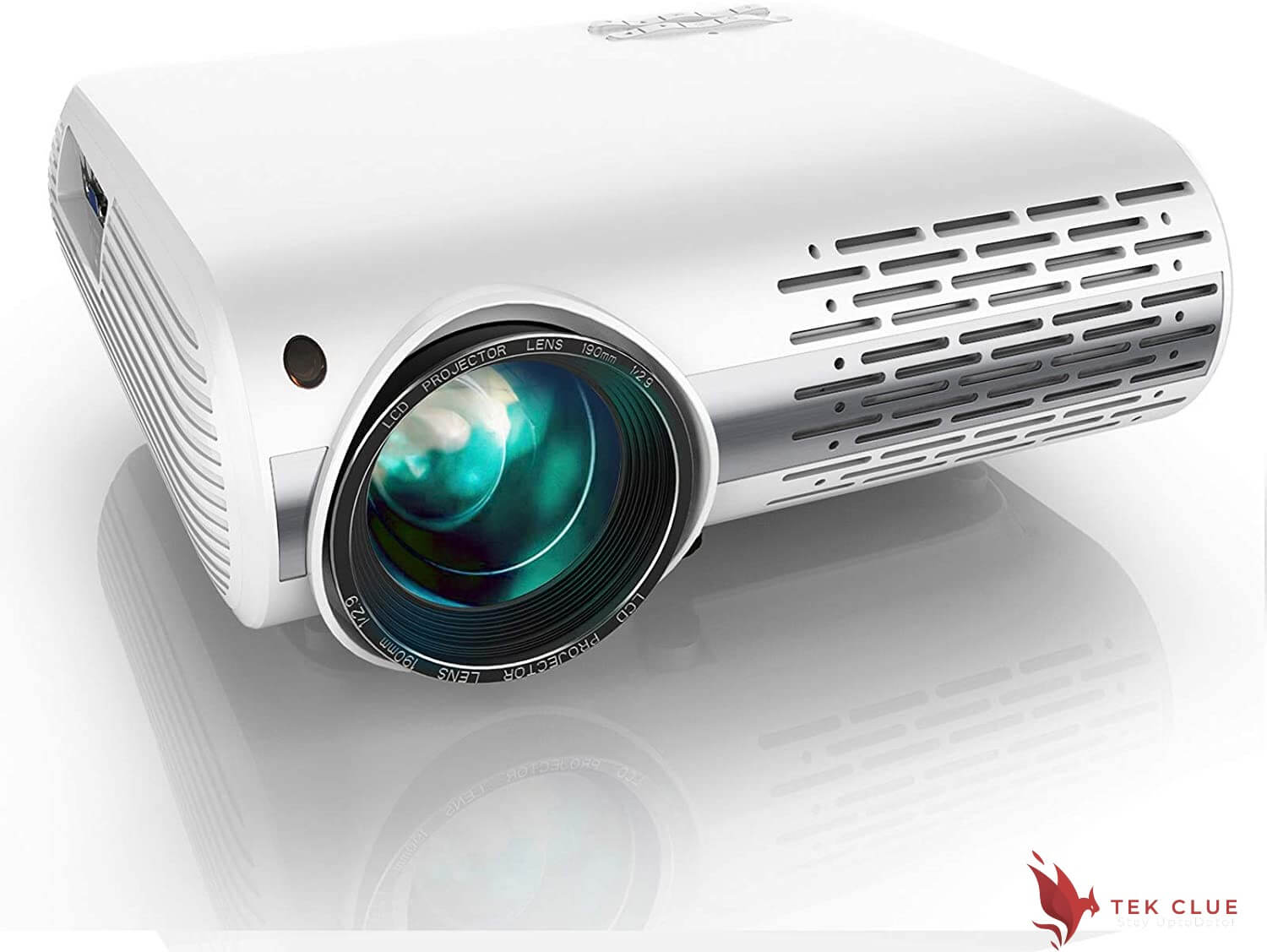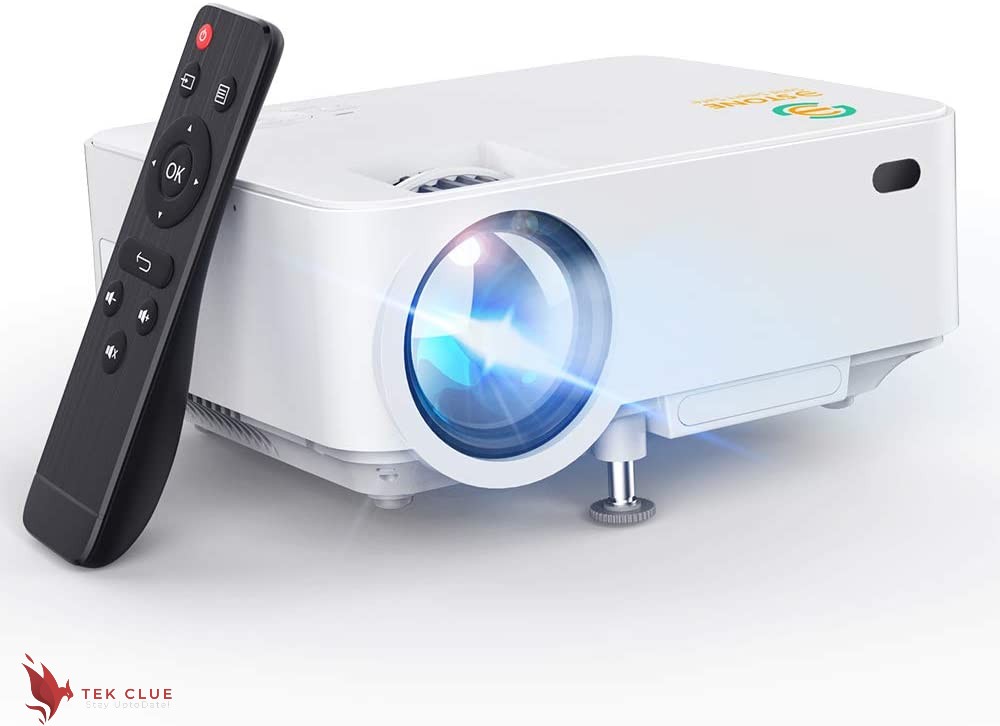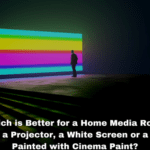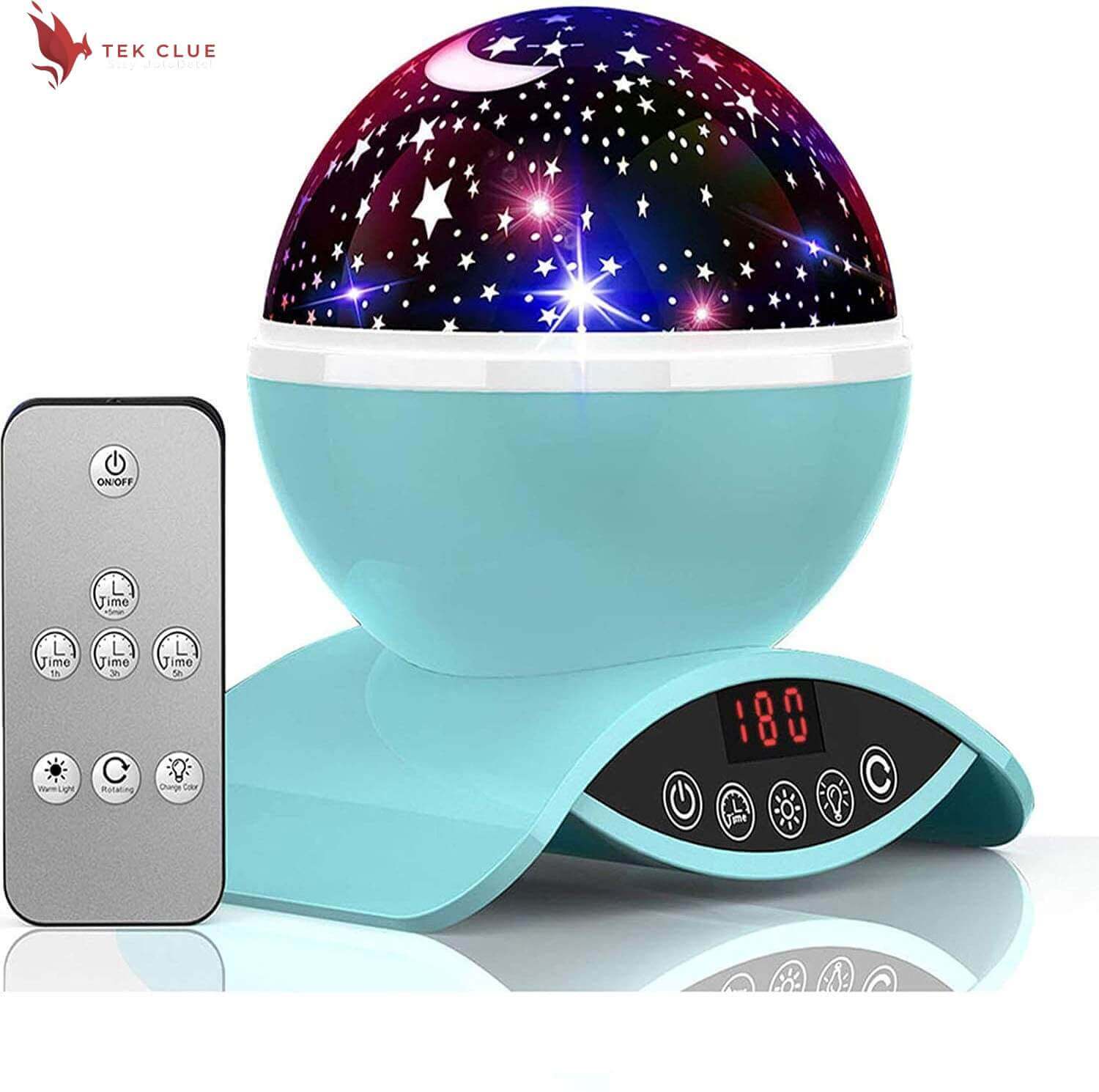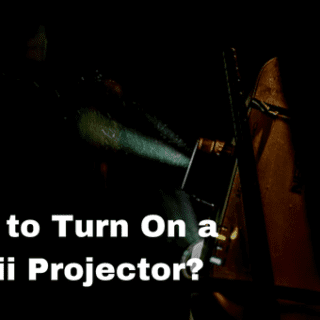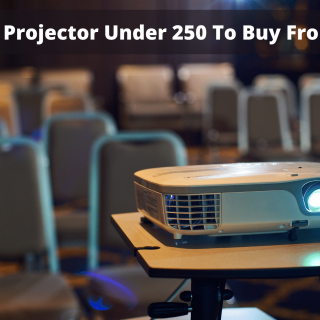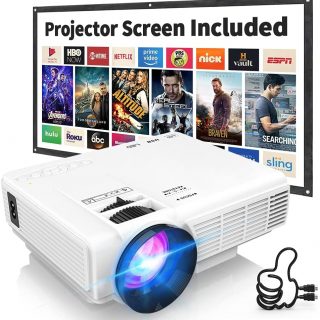How to make black projector screen? A crucial component of the home cinema experience is projector paint or screens. Black projector screens and black projector paint are currently in style. What if you decide against buying either, though? How is black projector screen paint made?
It’s simple to make black projector screen paint. Body gel, cosmetic-grade silver or white mica, water-based polyurethane, black satin paint, and teaspoons are all required to produce it. You now possess a fantastic homemade black projector screen paint. Let’s get into it and explain in detail how to combine these goods and respond to some fundamental queries you might have.
Can I Paint the Projector Screen Black?
No, and yes. Projectors are not designed for black house paint. However, black projector screen paint is an excellent alternative because it is designed for projectors. To elaborate further, ordinary black paint—or any black paint, will produce excellent contrast. In other words, dark images and scenes look lovely because the black paint produces the deep darkness required.
Its reflecting qualities are the problem. The black house paint cannot compete if the projected image is changed to reveal whites and various shades of color. Black house paint lacks the required reflecting qualities to reflect white and other colors adequately. This gives everything a grimy appearance or a smoky screen with a tint of grey. Therefore, painting a projector screen with conventional paint is not recommended. On the other hand, black projector paint has the right reflecting qualities and chemical composition to enhance your image. The blacks are pretty dark, the whites will stay white, and all other colors seem acceptable.
Check out this YouTube video that compares black projector paint to black home paint if you need a visual representation of the differences. We’ll help you locate a fantastic mixture to experiment with if you’re making your black paint mixture for your projector. Continue reading below for instructions on making black projector paint for your new home theatre.
Which Paint Should I Use for a Projector Screen?
You can use a variety of projector paints. There are numerous hues, ranging from white and grey to black. Different brands exist, making selecting the right projector paint simple. Let’s dissect it further to demonstrate the paint required for a projection screen.
Recommended Article: Why is My Projector Not Displaying?
Projector paint in white
The most popular kind of screen paint is white projector screen paint. It is the most intrusive and famous since it is so comfortable. In other words, people are aware that white projector paint effectively and naturally reflects all other colors.
Plain home paint is not white projector paint. White projector paint has the right amount of glossiness and reflecting qualities to bounce enough color and light your way as you watch the movie.
Projector paint in grey
One advantage of grey projector paint is that you should think about it. Even though it has the same reflecting qualities as white projector paint, grey is excellent at absorbing ambient light.
In other words, the grey background will enable a more precise picture if your media room is outside or in a room with lots of ambient light.
Projector paint in black
In contrast, black projector paint works well. It will maintain the darkness of those darker hues if you are viewing a movie with dark parts. However, projectors with higher lumen output perform best when painted in black.
Additionally, utilizing the right black paint will be to your advantage. To put it another way, black house paint is insufficient.
Paint on a projector screen
Paint on Screen is a fantastic brand for different kinds of projector paint. Bright whites to deep blacks are the range of the Paint on Screen number system. So picking a paint that is right for you is simple. Paint on Screen brand comes in a very close second when measured against actual projector screens. For instance, their paint can be HD 1080p, 4K, and 3D.
Paint on Screen has a 140-degree viewing angle compared to most screens’ 160-degree visibility angles. It is comparable to a standard screen with the extra advantage of saving time, money, and space.
Paint for Ultra HD projector screens
Ultra HD is another top-notch manufacturer of projector screen paint. Despite absorbing ambient light, you’ll observe that its chemical composition makes it bright enough for your movie. For HD and 4K projectors, Ultra HD is fantastic. This kind employs water-based acrylic latex paint, which is secure and straightforward. You only need two coats of paint to finish the project.
How Do You Make Black Paint for Projector Screens?
What you’ve all been wanting to know is: how do you manufacture black projector screen paint? The components needed to make black projector screen paint are numerous. Among the ingredients are two cups of water-based polyurethane, two cups of black satin paint, half a cup of body gel, and four teaspoons of cosmetic-grade white or silver mica. One quart of black projector screen paint is being purchased here.
Let’s begin by placing the polyurethane cups in the mixing bowl. The body gel must then be added, half a cup at a time. Stir the two components until the polyurethane and body gel are thoroughly combined. The body gel must be thoroughly mixed because it is thick. You’re doing it correctly if it has a consistency that resembles pudding. Add the mica now and stir. For your bowl, measure four tablespoons, then carefully stir the mica into the mixture.
You’ll need to be as still as possible because mica is so fine. Gently fold the mixture over the mica after carefully adding the tablespoons. You can stir the mica without worrying about spreading it all over the place once it has been thoroughly moist and weighed down. Give the mica about 15 minutes to set. Now and then, stir it. Add an equal quantity of black paint to our mixture after that. Two cups of black paint are involved. It would help if you kept in mind that the amounts of polyurethane and black paint must be equal whether you are manufacturing more or less. Mix everything up until it has a very creamy texture.
You now have a chemical mixture that is properly reflecting and shiny, giving you a black projector screen paint for your home theatre. Visit this YouTube video if you’re interested in watching the video version of this concoction. It goes on to describe how each chemical enhances your appearance. It also explains the painting procedure and recommends painting instruments, though.
Related Article:
Rotate Projector Immersive Engineering
How Do I Mirror My iPhone to My Projector with Bluetooth?
How to Hang a Fabric Projector Screen?


